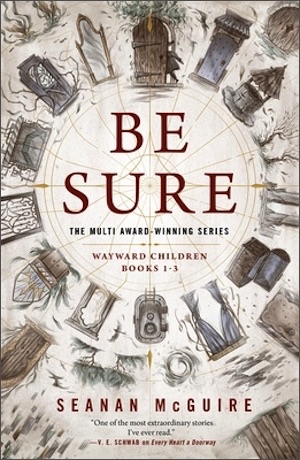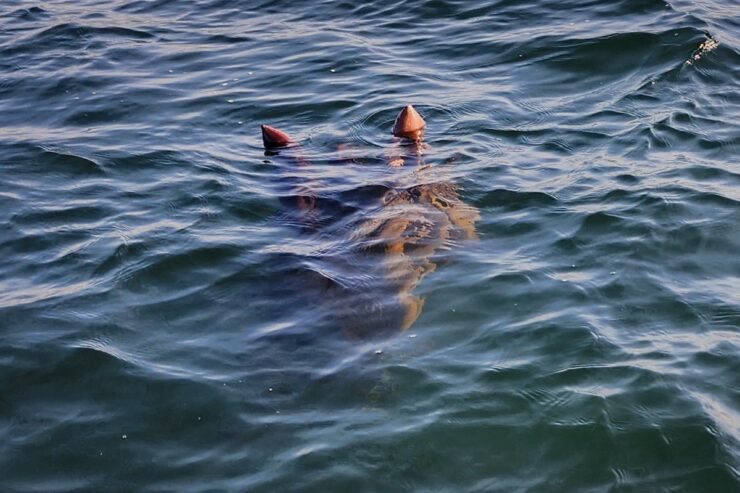Stephanie Burgis has built a reputation for beautifully written, humane stories and novels for adults and younger readers. She’s a trained academic historian and she knows the deep roots of fantasy, the place where fairy tales grow. Her Tales from the Chocolate Heart series stars a dragon magically transformed into a human—with chocolate.
The Raven Heir is the start of a series set in the world of fairy tales (its sequel, The Raven Throne, is coming this summer).
Triplets Cordelia, Rosalind, and Giles have grown up in an enchanted forest. Their mother is a sorceress, and their older half-brother is her loyal pupil. The only other person they’ve known is their mother’s friend Alys, who helps keep house and raise the children.
Giles and Rosalind have strong magical powers, though they’ve resisted learning how to use them. All Giles wants to do is be a bard, and Rosalind’s dearest ambition is to become a knight. Cordelia has no ability to wield magic. Instead, she is magic. She can transform into any living creature, of any size, from a beetle to a bear.
Cordelia desperately wants to be free of her mother’s control. She’s constantly trying to escape into the forest, and constantly being dragged back home.
One day, while Cordelia is plotting her latest escape, strangers come to the gate. Their arrival begins a series of events that reveal all the secrets her mother has been keeping for the past dozen years.
The triplets, it seems, are the offspring of a king, and one of them, no one knows which, is the true heir to the Raven Throne. The throne has been the center of nonstop civil war for thirty years, after the contract between humans and the land was broken and the Raven Crown broke with it. Their father is dead, killed by his enemies. Their mother, Kathryn, fled to the forest to protect her children. She is determined that the heir will never become a victim of the kingdom’s wars.
But the land has its own powers and purposes, and it fights back as strongly as the rival clans and leaders. The children have to flee the forest and seek the crown in order to save the kingdom. In the process, the heir is revealed, along with the truth about so many things, including the triplets’ true origins.
For Cordelia, shapeshifting is a blessing and a gift, though it makes her an extreme challenge for her family. She’s as wild as the animals and birds and insects she transforms into. But she loves her siblings and her mother and Alys, and she learns to love and cherish the land that one of the triplets is born to rule.
Her powers give her a unique perspective on the world. She knows what it’s like to fly as a bird, to see through compound insect eyes, to be a wolf or a bear, to be a horse that can travel long distances carrying her siblings. She understands the land and its denizens in a deep and direct way.
In that she reminds me of T.H. White’s Wart, who eventually grows into King Arthur. Wart takes many magical forms as part of his education. He learns empathy and understanding through the creatures he becomes. Cordelia doesn’t need Merlin’s magic; the power is innate. But she learns many of the same lessons, and makes some of the same mistakes.
Buy the Book


Be Sure
I like shapeshifters who embrace their powers. Shifting as curse gets a little monotonous after a few books or stories or films. Shifting as gift lets the character explore the full potential of the trope.
Because seriously. Why does turning into an animal have to be a bad thing? The whole point of the werewolf curse is that humans are rational, sane, intelligent beings, as opposed to wolves, who are savage, brutal, and completely taken over by their predatory instincts.
Which if you ask me, is pure projection. Wolves don’t form armies and go to war. Wolves don’t trash the environment in every possible way—in fact, when allowed to do what they’re designed by nature to do, they do the opposite.
It seems to me that a werewolf is cursed not by its wolf half, but by its human half. A wolf on its own has strong family values. It kills not for pleasure but to survive. It’s a check on deer and elk herds, which otherwise will destroy their habitat with overgrazing.
Where it runs into trouble is when humans get into the mix. Human flocks and herds are prime pickings for a wolf pack. So are humans outside of their strongholds, with their weak bodies and weaker senses. The wolf becomes the villain, the terror in the night.
Shifters like Cordelia have a more balanced view of the land and the creatures that live on it. They’re the product of a shift in cultural perception from dominating the planet to learning to live with it. They come from a place of empathy rather than enmity.
I like that. I want to know what it feels like to be a bear or a moth or a raven. Even if I can’t turn into one myself, I can be one with Cordelia for the space of her story. That’s almost as good as the real thing.
Judith Tarr is a lifelong horse person. She supports her habit by writing works of fantasy and science fiction as well as historical novels, many of which have been published as ebooks. She’s written a primer for writers who want to write about horses: Writing Horses: The Fine Art of Getting It Right. She lives near Tucson, Arizona with a herd of Lipizzans, a clowder of cats, and a blue-eyed dog.














